Switzerland’s Alpine flora is unique in many ways. The fact that more than half of Switzerland is dominated by the Alps means that the region is majorly high altitude. Lots of unique plant species thrive here in the natural habitat.
As you hike on the Alpine trails, you can look out and identify some fantastic flora. While at it, note that you cannot pick the flower, fruit, or plant. This rule helps to conserve the flora, some of which are on the verge of extinction.
One of the most exciting phenomena you will notice is how the vegetation cover changes with altitude. Some flora does best in lower altitudes, while some thrive in high altitudes.
Here are some plants you may identify along the way as you enjoy your adventure in the Alpine regions of Switzerland.
Unique Switzerland’s Alpine Flora
#1. Lady’s Slipper
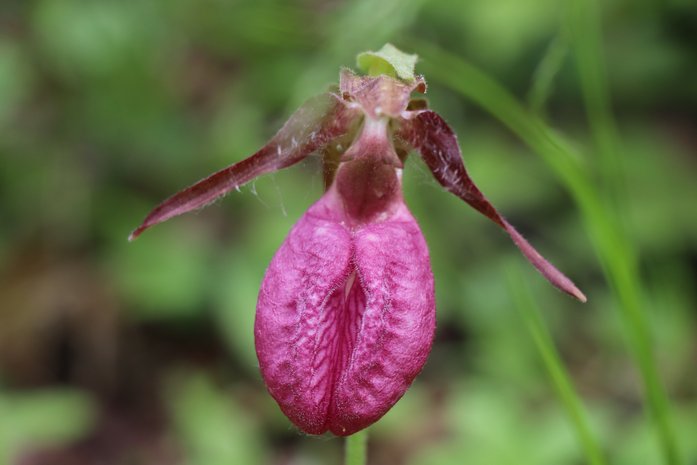
Lady’s Slipper
This is a rare flower in the Orchid family that grows in open woodlands. It only thrives at lower altitudes below 1900 mm. Like most other plants, this flower is named after its resemblance, a lady's slippers, and can be found in either pink or white.
Lady's slipper is an endangered plant in Switzerland; hence strictly protected. They are sensitive to climate change and can thrive in various soil types; therefore, the protection from over picking allows them to exist.
#2. Cowberry

Tart and sour cowberries
Cowberry is part of the beautiful flora in Switzerland's Alpine under strict protection. This plant that bears the cowberry fruit can be found almost throughout the pine forestland.
The leaves have a leathery feel and a shiny appearance, and it bears white flowers and, eventually, red berries.
If not for the flora protection act, the berries are edible if your taste buds can withstand tart and sour. However, this fact should not tempt you to pluck the fruits in the forest, as you will land in trouble.
#3. Mountain Pine
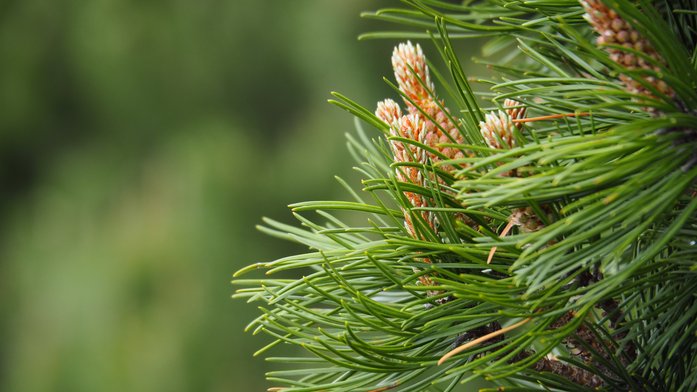
Mountain pine cones and pines
The mountain pine covers the most significant area of the Alpine Flora. The seeds, which are dispersed by the wind, germinate even on dry, rocky ground. The two main types of mountain pine that you will come across are reclining and erect mountain pines.
The Alpine region faced major forestation in the 19th century, where the land remained almost bare. The Mountain Pine was the first flora to resurface and colonize the area.
You will come across the erect mountain pines in the Western Alps and the reclining mountain pines on the Eastern side of the Alps.
#4. Striated Mezereon
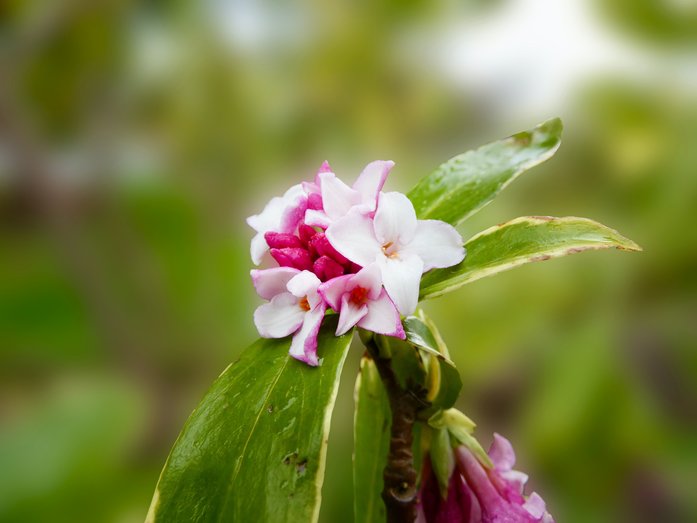
The leaves and flowers of the Striated Mezereon
These are highly poisonous shrubs that grow in the mountain pine forest. It is one of the most common plants in the region and has a strong fragrance that covers the air, especially in June when flowering.
The shrub grows up to 40 cm tall, with the branches growing tall and slender while the leaves maintain a narrow stature.
It remains green for the better part of the year and thrives best in moist and cool places. You will come across Striated Mezereon at lower altitudes of between 1500 and 3000m, mostly the grassland areas at the foot of the mountain.
#5. Alpine Clematis
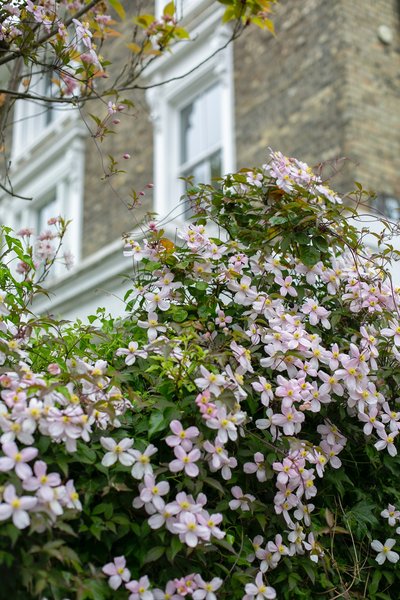
Alpine Clematis climbs and attaches to any nearby firm object
This is a climbing plant that grows around shrubs and trees. It can go up to 2m high and is often overlooked since it scrambles on other plants. They are not aggressive; hence there is no chance that they will choke their hosts.
Without a tree, the Alpine Clematis will spread as ground cover and climb on nearby rocks.
The beautiful blue-white flowers show up between June and July, which signifies spring's arrival.
#6. Swiss Androsace

Rock jasmine thrives under challenging conditions
Also known as the Alpine rock jasmine, this is one of unique Switzerland's Alpine Flora, which grows in the most challenging conditions. It attaches to rock cracks using its extended taproots – a survival strategy that allows the plant to draw water and nutrients from any viable source.
It is a rare flora and one of the few that thrive in high altitudes between 2000 and 3200m. From a distance, you may think it is a cushion neatly placed on the rocks.
#7. Glacier Crowfoot

Glacier Crowfoot can withstand frigid temperatures
Glacier Crowfoot is an Alpine Flora that grows well on acidic soil and high altitudes above 2300m. Despite the cold, it is one of the few plants that flower in high altitudes.
This plant has astounding photosynthesis ability, and this makes it adaptable to high-altitude areas characterized by freezing temperatures and minimal sunlight.
#8. Alpine Toadflax
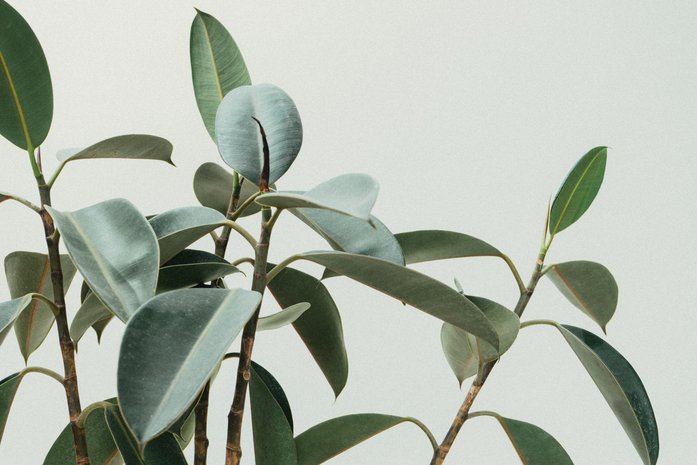
Thick waxy leaves make the flora versatile to harsh conditions
Alpine toadflax is a robust plant that grows in the high-altitude regions of Switzerland's Alps. The thick waxy leaves make it adaptable to extreme conditions. You will spot it thriving on dolomite or limestone and in super-high altitudes of up to 3000m.
It produces purple flowers with orange or purple lobes in the middle. You cannot pluck the plant or pick its flowers despite its resilience.
#9. Edelweiss
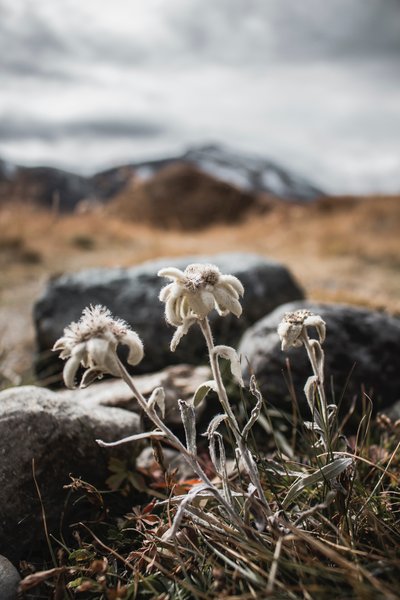
Edelweiss is part of Switzerland’s Alpine Flora
The Edelweiss plant is one of the unique floras in the Alpine regions that almost became extinct because of being over picked. It, however, mainly survived in the high-altitude areas where it continues to dominate.
This unique plant presents as eye-catching white hairy bracts surrounding small yellowish-white flowers. The hairy leaves are an adaptation feature that allows the plant to retain moisture even when strong winds blow.
#10. Moss Campion
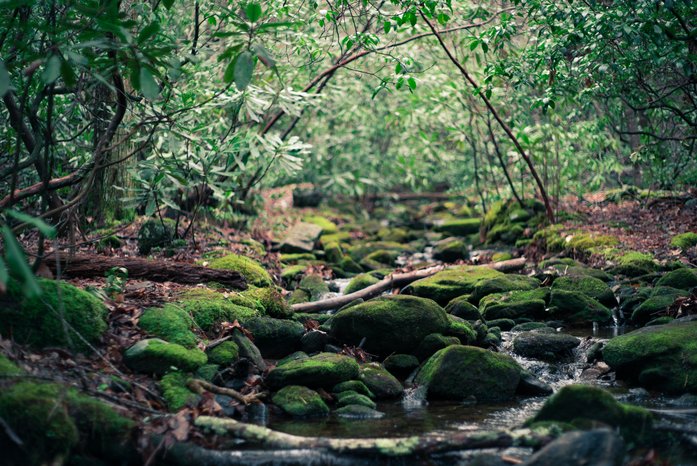
Moss cover on rocks
Moss Campion is a beautiful flora that resembles moss as we know it. The cushion-like plant cover grows on open grassland and in debris-covered places. The resistant crop can also grow on dolomite and limestone.
Moss Campion might never become extinct because of their adaption tact. They grow very close to each other, preventing them from losing moisture and heat. The dead ones convert to nutrients for the rest of the plants to thrive on. This cycle keeps them alive for the longest.
The little pink flowers show up between July and August.
#11. Norway Spruce
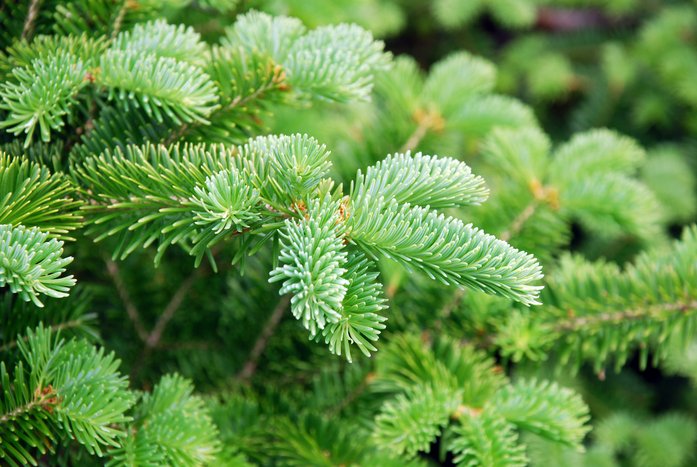
The pines of the Norway Spruce
While Norway Spruce does not grow in isolation, you will find them in mixed forested areas. They are more adapted to snowy weather because their thin and short branches prevent snow from accumulating on them.
This tree grows fast since the seeds germinate in meager light conditions. They also thrive in acidic soil, but on the flip side, it is not drought resistant.
Besides being a perfect tree for timber, the resin is extracted and used as an ingredient in ointments and oils.
#12. Rhaetian Poppy
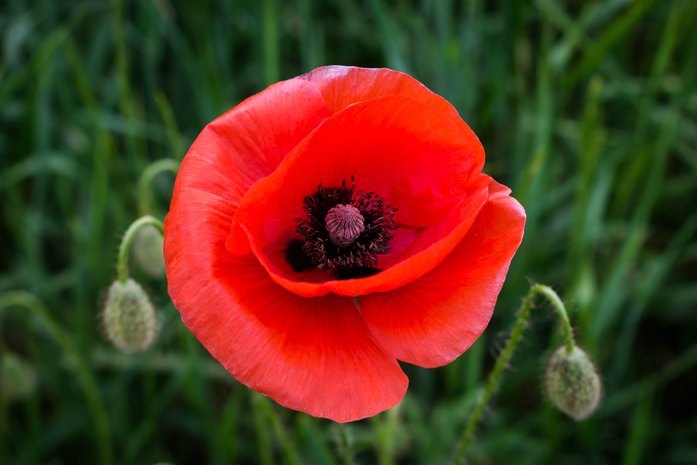
Beautiful flower of the Rhaetion Poppy
Rhaetian Poppy is a natural wonder that grows in a highly hostile environment covered with limestone debris. The taproots are responsible for adaptability since they reach out deep and wide for water and nutrients.
The yellow flowers point in the sun’s direction to attract pollination elements. As you move from the limestone to the mica rock area, the Rhaetian Poppy becomes scarcer and eventually ceases to exist as it only thrives on limestone scree.
#13. Vanilla Orchid
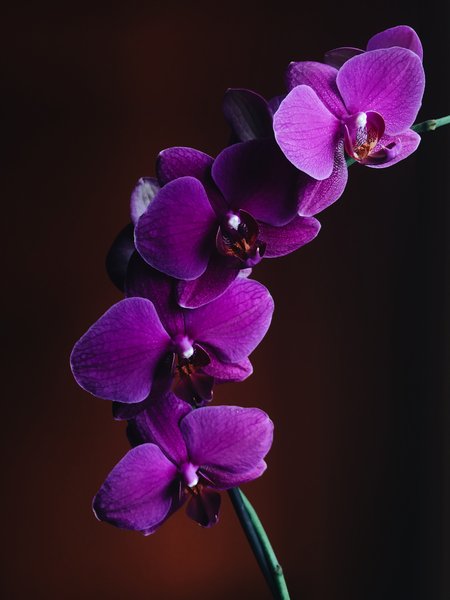
Blossoming flowers of the Vanilla Orchid
There are two variations of the Vanilla Orchid: black and rosy. The most common type is the blackish-purple orchid which grows in limestone meadows. Vanilla Orchid is known for its fantastic scent.
You will find this plant in warm places with moderate rainfall and at least 1500m above sea level.
You will likely find vanilla orchids in the grassy limestone meadows in the Alpine. They thrive primarily in July.
#14. Cembra Pine
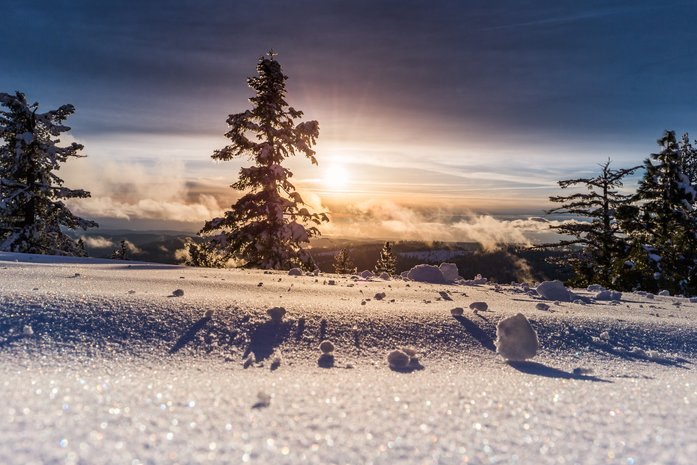
Cembra Pine/Arolla Pine/ Swiss Stone Pine
Also known as the Arolla pine or Swiss Stone Pine, this five-needled pine grows best in shady locations. The tree can withstand low temperatures and produces seeds once every 6 – 10 years. This is a significant cycle, but individual trees produce smaller cones every so often.
The nutcracker plays a significant role in disbursing Cembra Pine seeds when they bury the cones to preserve food. The seeds then germinate and grow into trees with the right conditions over the years.
The wood is the best for making furniture as it retains its delightful aroma for years.
#15. Pinnate-Leaved Ragwort

A flower of the Pinnate-leaved Ragwort
If you visit Switzerland’s Alpine between July and August, be ready to be mesmerized by this beautiful yellow-orange to-orange flora. The 40cm tall plant grows all over the forest, including on the rocky and dry meadow.
The top of the Pinnate-leaved ragwort's leaves are dark green, while the underside is whitish green. The flowers, conversely, form on elongated stems and grow in clusters of around 13 bright yellow petals.
Conclusion
If you are a botanist or love plants, you may need to visit Switzerland's Alpine. Switzerland's Alpine Flora is the most beautiful thing you will encounter in a long time.
Plan a backpacking trip to the Alpine in summer or spring to enjoy the beautiful scenery and heavenly scent of the blooming flowers. This is an excellent alternative to Costa Rica because of the adventure that awaits in the Alpine.
Remember to like, share and subscribe to our content. We would also like to read your comments and feedback in the comment section.
